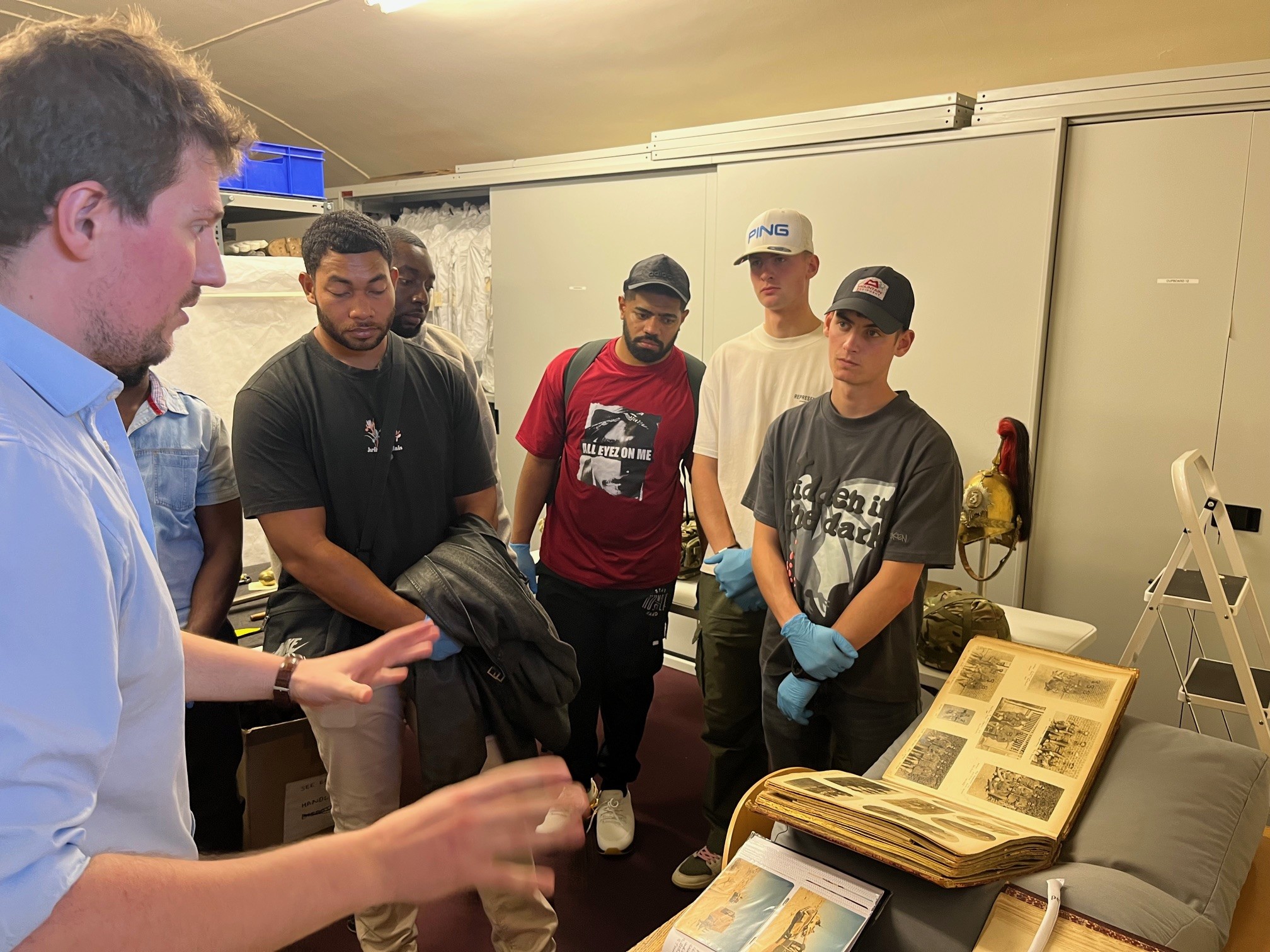
Scotland’s Light Cavalry, readily employable, rapidly deployable
Waterloo Lines is our home in the heart of Scotland
Capable of both deterring threats and defeating the enemy
We are Cavalry
Learn more about one of the most famous pipe bands on the planet
Are essential to the Regiment, and define us as being second to none
Learn more about our operations over the last 20 years
The hierarchy enabling timely and appropriate decision making
Your opportunity to become part of the family
Associations formed between the Regiment and units of Commonwealth and foreign countries
To help and support all those who have served in the Regiment
All those who served in the current or antecedent regiments who have died
Open to everyone who served in the Regiment or its antecedents
A chance to contribute to the Regimental Charity and win money at the same time
We have branches throughout Great Britain
Easy to register with the Association and meet up with old friends
Explore our history through the centuries
A battle honour is an official recognition of regimental achievement, either at a particular battle or during a campaign
The music of the Royal Scots Dragoon Guards represents a unique military tradition dating back over 300 years
The fallen of the Royal Scots Dragoon Guards’ antecedent regiments are commemorated by public memorials in the capitals of Scotland and England
In the British armed forces the Victoria Cross (VC) is the highest award for acts of extraordinary bravery under enemy fire
The Royal Scots Dragoon Guards Museum is situated within the historic New Barracks at Edinburgh Castle
The Royal Scots Dragoon Guards Museum collection consists of over one thousand objects from our regimental history
The Royal Scots Dragoon Guards Archive contains documents, photographs, official publications and more
We offer a service to schools either to visit us at the Castle or arrange an outreach session with our Learning Officer
09:30-16:45 daily
09:30-17:15 daily
The Museum is closed 24-26 December and 1-2 January inclusive












